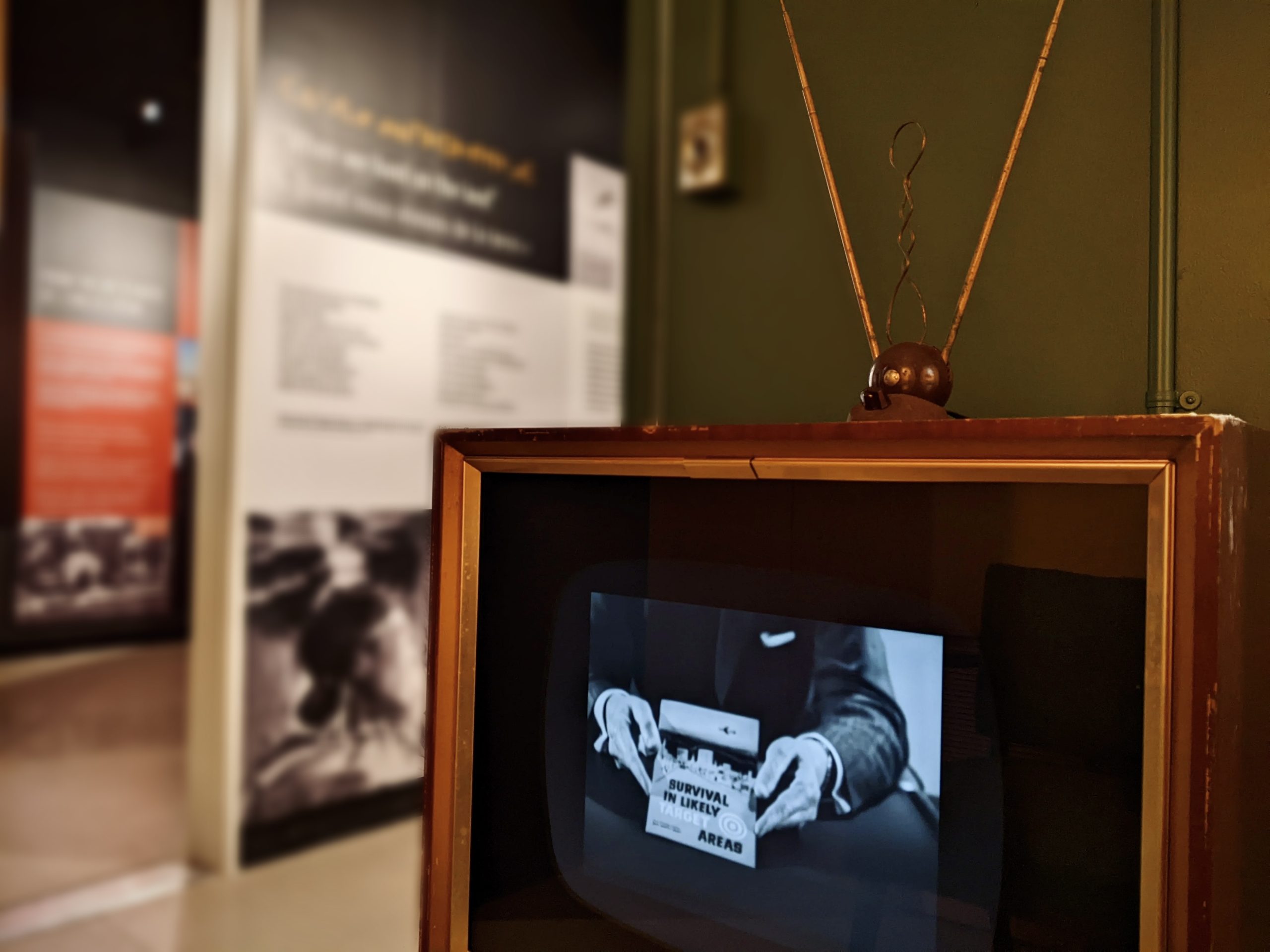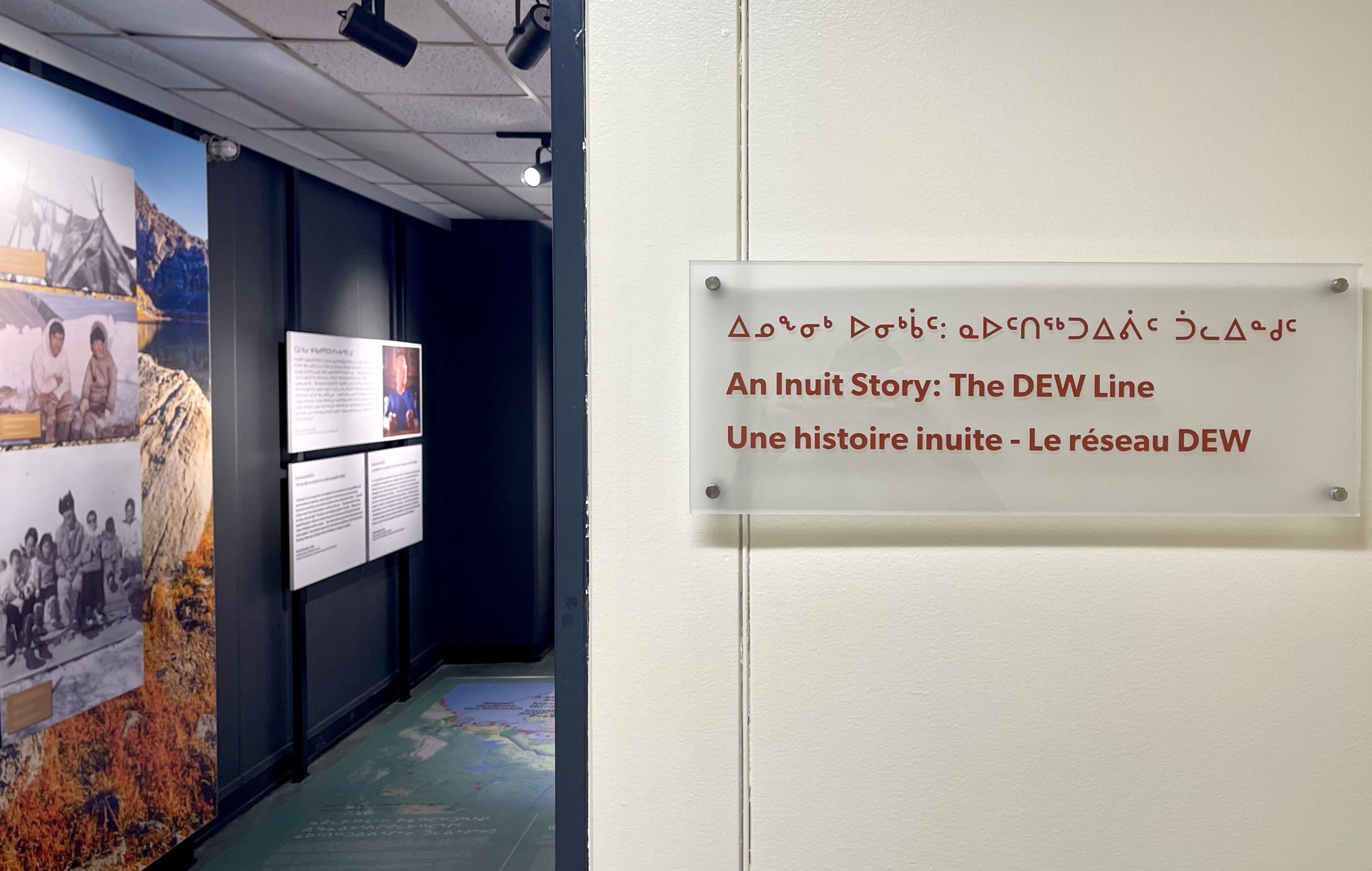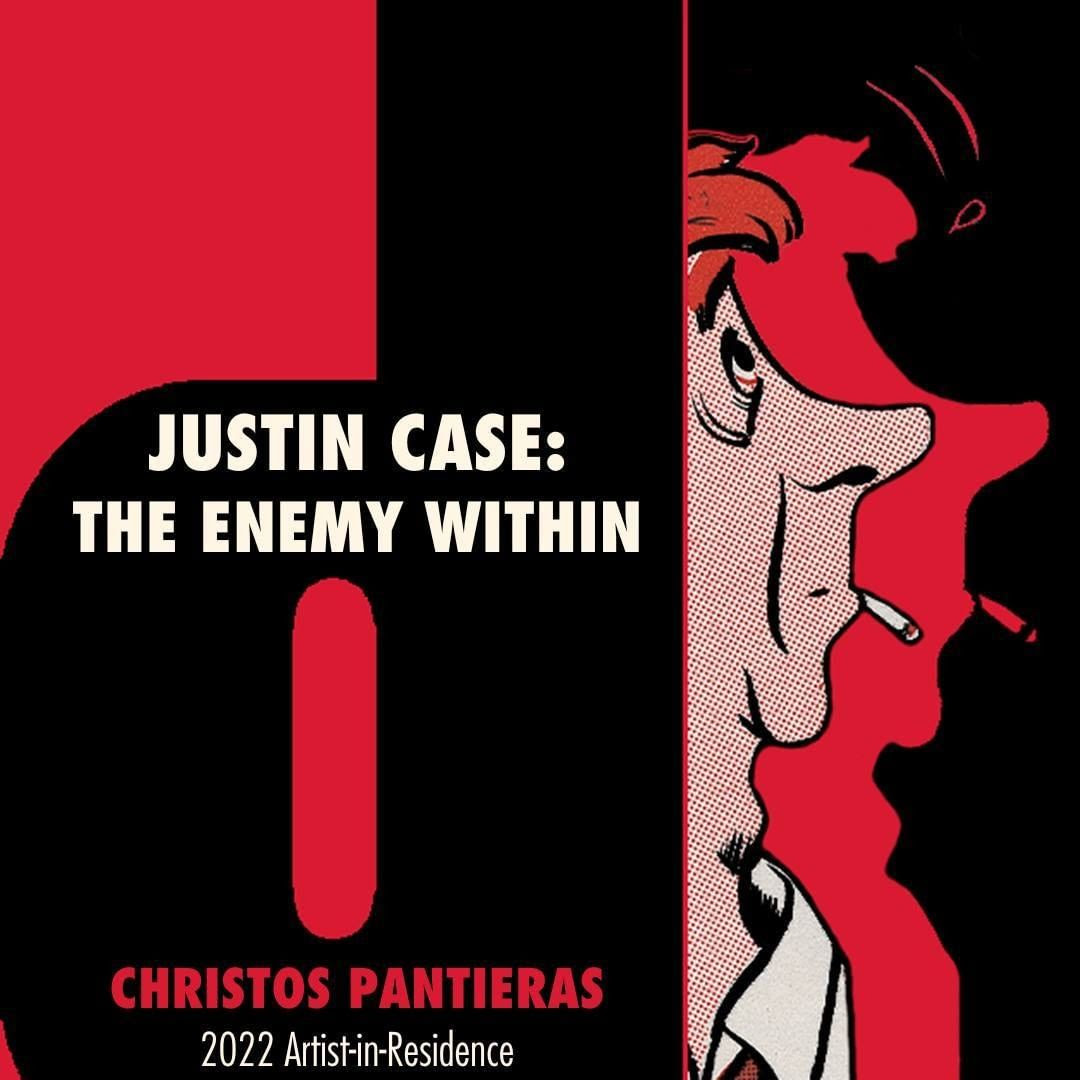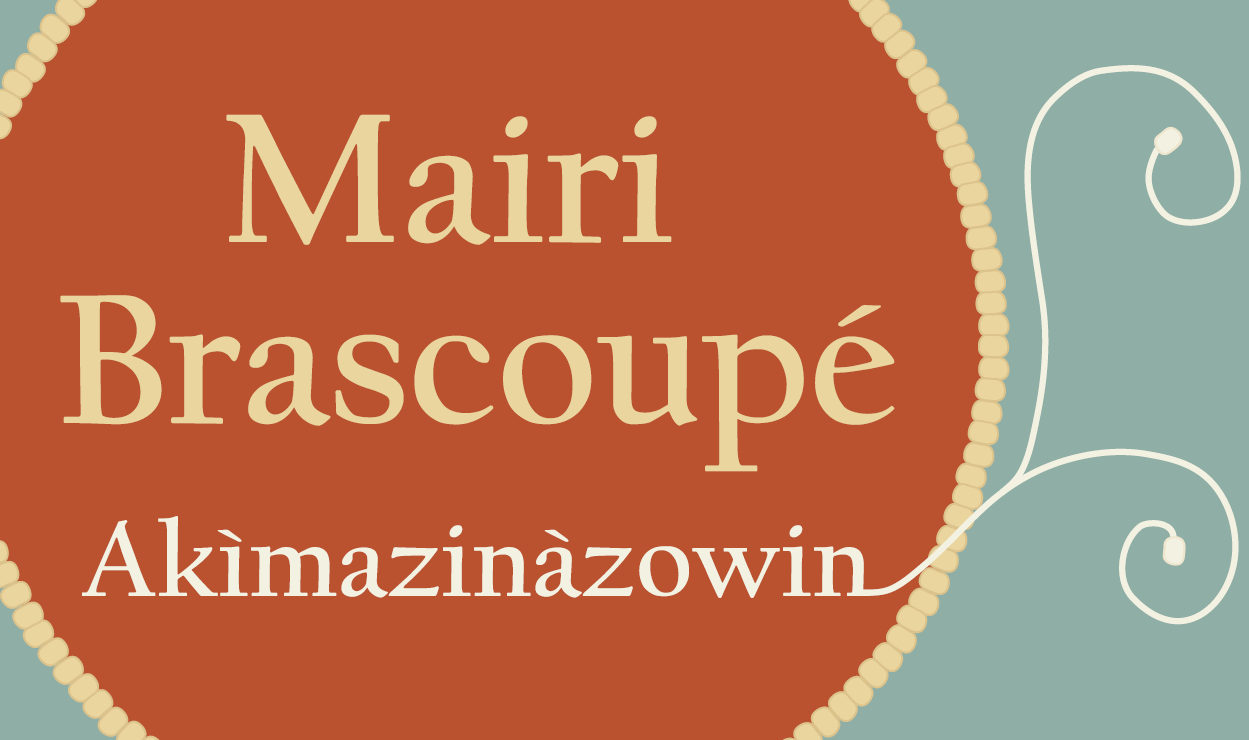
Now open: Two new permanent exhibitions
Current & Upcoming Exhibitions
Canada and the Cold War
Permanent exhibition opened March 3, 2023
Canada and the Cold War takes visitors through defining moments in Canada’s Cold War history to examine how community and government responses at the time have shaped our country as we know it today.
While world superpowers engaged in a fierce, cold conflict, Canada was also a Cold War player. We provided troops and military technologies, but also helped make peace. At home, the prospect of nuclear annihilation was real — and terrifying — for ordinary Canadians.
Following a timeline of events spanning from the mid-1900s to the present, the exhibition presents a nuanced understanding of the role Canada and Canadians played in the Cold War. Canada and the Cold War discusses themes of achievement and tension, preparedness and fear, and Canadian identity both here and abroad, all while following the Doomsday Clock as it counts down to midnight to let us know how close we are to global nuclear catastrophe.
What lessons can we learn from this recent history? As the Doomsday Clock keeps ticking into our future, how can we push back the clock?
This refurbished exhibition introduces new artifacts from the Diefenbunker’s collections, compelling stories from Inuit and other diverse perspectives, engaging audio and video content, and interactive activities for all ages. The gallery spans five museum rooms that served as sleeping quarters for military personnel when the Diefenbunker was in operation.

An Inuit Story: The DEW Line
Permanent exhibition opened March 3, 2023
An Inuit Story: The DEW Line exposes the long-lasting negative effects — from forced relocations to toxic waste — that the Distant Early Warning (DEW) Line has had on Inuit communities in the Arctic.
Between 1955 and 1957, US and Canadian militaries created a chain of Arctic radar stations to detect enemy bombers. It was known as the Distant Early Warning system, or DEW Line. While construction, operation, and subsequent abandonment of the DEW Line sites continue to impact Canada’s North, Inuit have increasingly taken charge of their own future.
In this exhibition, witness first-hand accounts and stories from Inuit people affected by the DEW Line. What can we learn from the legacy of Canada’s Cold War history as we work towards reconciliation?
This exhibition is presented in English, French, and Inuktitut and was developed in collaboration with the Government of Nunavut. With an entire gallery dedicated to Inuit voices and experiences, this exhibition presents oral histories and written testimonials from members of the Inuit community. It includes powerful images and videos, an interactive activity, and a large-scale floor map that sets the scene within Canada’s North.

A Nuclear Family Kitchen
October 4, 2015 to October 26, 2022
Step back in time and into the kitchen of the Green family, with all of its modern day conveniences and comforts. This exhibit offers a glimpse at life in the early 1960′s through the heart of the nuclear family home – the kitchen.
A Nuclear Family Kitchen features artifacts from the Diefenbunker, City of Ottawa Museums, and the Canada Science and Technology Museum.
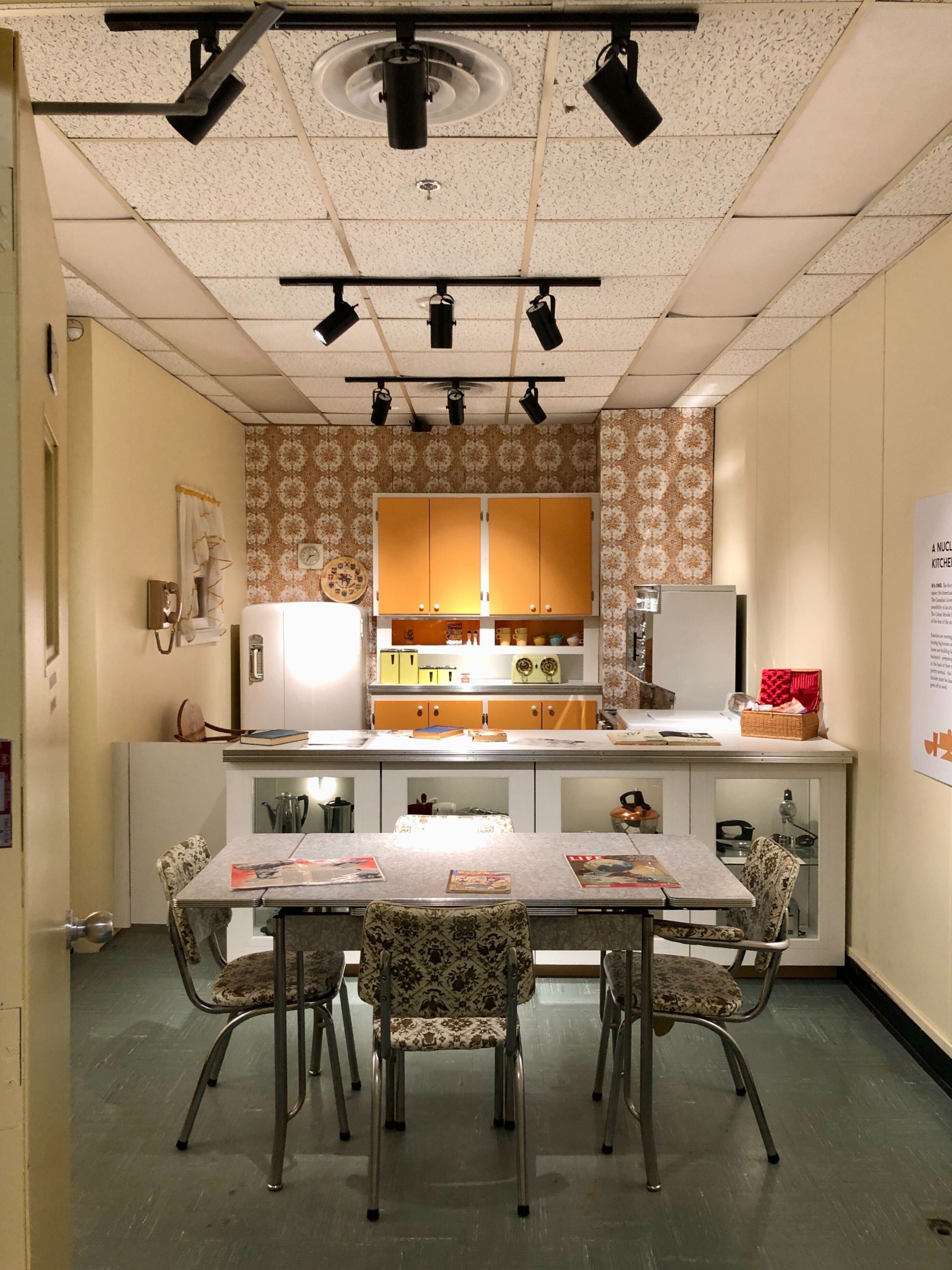
Past Exhibitions
Justin Case: The Enemy Within
Christos Pantieras, 2022 Artist-in-Residence
October 14, 2022 to March 3, 2023
Through a multi-layered installation and a series of reinvented propaganda posters, this exhibition explores the LGBT Purge and the resulting personal struggles of those in the 2SLGBTQ+ community. Pantieras addresses the hidden and “underground” nature of homosexuality in Canada over a period that began in the 1950s during the Cold War and continued up until the mid-1990s.
Interpretation Diefenbunker: An Exhibition of the Canadian-Hungarian Artists Collective
May 8, 2022 to May 28, 2022
Free with general admission
Drawing on themes of collective memory and immigration, this exhibition showcases artwork by 28 Canadian-Hungarian artists. Through their works and in a variety of mediums, these artists explore their diverse responses and reactions to the Cold War, the Diefenbunker site, and their connections to our current times.
Curator: Alex Brzezinski
Participating Artists: Susan Bárdos-Dobbek, Andrew Benyei, Andrea Blanar, Gábor Boros, Alex Brzezinski, Joseph Bunkoczy, Sofie Fekete-Fehér, Éva Ferenczy-Reichmann, Tibor Hargitai, Géza Hermann, Mária Jankovics, Julianna Joós, Suzanne Joós, Tom Kapas, Mary Keczán-Ebos, Attila J. Keszei, Judith Klugerman, Brigitta Kocsis, Margareta Mina, Emma Pallay, Sandor Sipos, Sheila Szabó Butler, Andrea Szilasi, Gábor Szilasi, Erika Takacs, Vivian Törs, Ági Zóni, David Zsako
The Canadian-Hungarian Artists Collective (CHAC) is committed to organizing prestigious exhibitions that draw attention to the achievements of Hungarian descent professional artists in Canada and that highlight the important role that Canadian-Hungarian artists play, and have played, within Canada’s multicultural tapestry. Learn more about the exhibition and the artists on the CHAC website.
Exhibition originally scheduled for May 2020; rescheduled to 2022 due to COVID-19.
The Cold War era was a fearful era for immigrants. Our artists had either personally, or via the narratives of their families, experienced persecution, revolution, war and the dislocation from an ancestral homeland.
Canada had provided a safe haven where immigrants could surge forward in their endeavours without negating their origins and cultural fabric. But during the Cold War, all the gains that had been made were now threatened and fear began to once again dominate people’s lives.
– Andrea Blanar, Coordinator, CHAC
How does one contemplate a post nuclear world other than imagining that they would have no inclination to live in it?
We hope that the exhibition leads one to ponder the works, the artists, and the period of the Cold War, and that these contemplations encourage a deeper understanding of this world and the artists’ perspectives of it.
– Alex Brzezinski, Curator, CHAC
Akìmazinàzowin | An Image of the Land
Mairi Brascoupé, 2021 Artist-in-Residence
November 6, 2021 to January 31, 2022 *EXTENDED* to February 27, 2022
Akìmazinàzowin | An Image of the Land invites us to hear compelling stories of the land and witness history through another lens. Integrating beadwork into a map of the region as it exists today, the artist invites us to explore our understanding of place during times of change and uncertainty, and to look at how values may differ, specifically for Indigenous peoples. How can we strive for a future that brings our different perspectives into alignment?
Canex – Convenience and Community
April 23, 2016 to December 31, 2020
The CANEX at Canadian Forces Station Carp contributed to employee morale by helping to achieve a sense of normalcy for those stationed at this underground military station. From cigarettes and candy, to toiletries and magazines, CANEX provided simple goods and conveniences that offered a small level of comfort to the station’s personnel. Step back in time in this updated space, recreated to represent the canteen in 1977.
CONTAINMENT: KNIT YOUR .–.ART
Greta Grip, 2020 Artist-in-Residence
October 15, 2020 to January 31, 2021
It was the cold and concrete spaces of the Diefenbunker that inspired 2020 Artist-in-Residence Greta Grip to bring the warmth of knitting to its walls. This underground bunker, commissioned amid the anxiety and uncertainty of the Cold War years, was built to protect, preserve, and nurture the few who would carry on for the greater good in the event of a nuclear attack. Grip parallels the purpose and procedures of the Diefenbunker with those of knitting — something individuals do to contribute to wartime efforts and social causes, or to build community in difficult times. Both the bunker and the knitted items provide protection and comfort.
Code is essential to the Diefenbunker (an operational communications centre) and to the act of knitting: both use code to create, embed, decipher, and communicate covert messages. Like the dots and dashes of Morse code and the 0s and 1s that symbolize binary code used in digital computers, knitting relies on two basic states: knit stitch and purl stitch. Grip’s work, which ranges from code messages, icons, and QR codes, all created by hand or using a hacked knitting machine, shows us how knitting itself weaves in and out of what can be read and what is hidden.
This residency took place from January to September 2020, while much of the world sheltered in place, struggling to cope with and understand the Coronavirus disease (COVID-19). Largely influenced by the realities of this period, Grip’s work reflects on themes of containment, protection, health and safety, public messaging, community, and contribution, which are as evident today as they were during the Cold War.
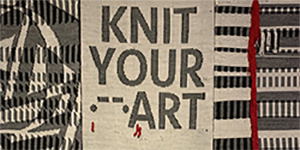

Carol Wainio: Disasters for Little Children
September 27, 2019 to January 28, 2020
In this exhibition, Artist-in-Residence Carol Wainio uses fairy tales to explore current and past fears. Even the most beloved children’s stories are full of calamity and insecurity. Only sometimes does being clever and prepared win the day.
Wainio created Disasters for Little Children specifically for the Diefenbunker. The bunker’s construction and design prompted memories of the Tale of the Tortoise and the Hare. Above ground, the protective building reminded her of a turtle’s shell. The underground level, with its hallways and small rooms, seemed like a rabbit’s warren.
Wainio researched Cold War emergency preparedness materials while creating these artworks and discovered Bertie the Turtle, a cartoon character who advised children to “duck and cover” in a nuclear attack – an impossibly naive protection. In contrast, the concrete and steel Diefenbunker would have housed top decision-makers so they could plan for a post-war future. Despite this protection, there were no families here, no next generation of humanity. Deep underground during a nuclear winter, children’s tales of forests and animals would have seemed very far away and long ago.
During the Cold War, nations competed to develop weapons of mass destruction. As in the arms race, the fabled Hare and Tortoise sped toward an uncertain end. Today, we move closer to the slower catastrophe of climate change. Through paint, photography, illustrations, and children’s drawings, Wainio reveals a not-so-fairy-tale world of opposites: then/now, fast/slow, arrogance/persistence, and destruction/survival.
Carol Wainio has exhibited widely in Canada, including at the National Gallery of Canada, Art Gallery of Ontario, Musée d’art contemporain de Montréal, and internationally in the U.S., China, and at the Stedelijk Museum, the Venice Biennale, and the Galleria Comunale d’Arte Moderna in Bologna.
She is the recipient of numerous grants and awards, and is an Adjunct Professor at the University of Ottawa.
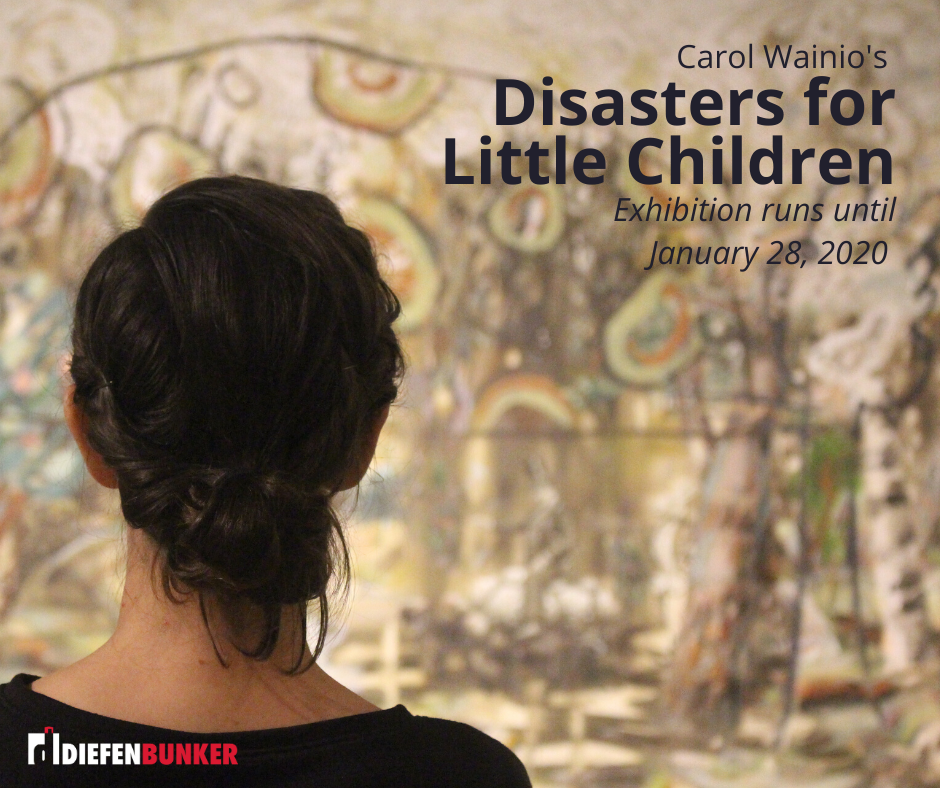

Treasures from the Diefenbunker
January to December 2017
In addition to its year round calendar of exhibitions, the Diefenbunker is launching a new series of monthly features in celebration of Canada’s 150th anniversary. These features will highlight archival documents and artifacts from the Diefenbunker collection that shed light on life in Canada, and underground at CFC Carp during the Cold War. Discover something new with every visit!
From Hand to Hand by Valerie Noftle
January 27, 2017 to August 31, 2017
The Diefenbunker: Canada’s Cold War Museum is proud to begin its year of celebrations for Canada’s 150th Anniversary with the launch of the “From Hand to Hand” photo exhibition by Canadian artist Valerie Noftle. Due to popular demand, the Diefenbunker Museum is proud to extend Valerie Noftle’s From Hand to Hand photo exhibition to August 31, 2017.
For the first six months of 2016, Noftle had the privilege of working with 13 veterans whose hands and stories form the “From Hand to Hand” photo series. Veterans who have served Canada from the Second World War to Afghanistan, have generously shared their time with Noftle over photo shoots and coffee, resulting in an intimate and moving exhibition honouring those who serve.
In celebration of Canada’s 150th Anniversary, the “From Hand to Hand” photo series has also been made into a 2017 calendar which is now available through the Diefenbunker’s Cold War Store. For every calendar sold, a $10.00 donation will be made to Support Our Troops, the official charity of the Canadian Forces community, managed by Canadian Forces Morale and Welfare Services. These funds will be designated to help combat homelessness among our veterans. Soldiers Helping Soldiers, a volunteer group of soldiers helping their own, has identified over 350 homeless veterans in Ottawa alone. The 2017 calendar is one way of helping bring that number down to zero.
The Age of Atomic Anxiety
An exhibition by Artist-in-Residence Anna Frlan
September 18, 2016 to January 31, 2017
Following months researching a wide range of subjects about the Cold War through the Museum’s collection, archives, blueprints, photos and library, Anna Frlan has created a series of sculptures that explore the psychological climate during that era. Occupying several spaces throughout the four storey underground facility, Frlan’s highly detailed works offer a unique perspective on one of the most critical times in the world’s history.
Two Exhibitions: For Freedom and Independence
and Hungarian Exodus
November 3, 2016 to December 31, 2016
The Diefenbunker: Canada’s Cold War Museum is honoured to partner with the Embassy of Hungary in Canada to present two travelling exhibitions in recognition of the 60th anniversary of the Hungarian Revolution. For Freedom and Independence pays tribute to the young leaders of the spontaneous Hungarian uprising that grew to become a revolution and fight for freedom in 1956. The Hungarian Exodus commemorates the arrival to Canada of over 37,000 refugees following the Hungarian uprising of 1956, and of the contribution of Hungarian Canadians to this country.
